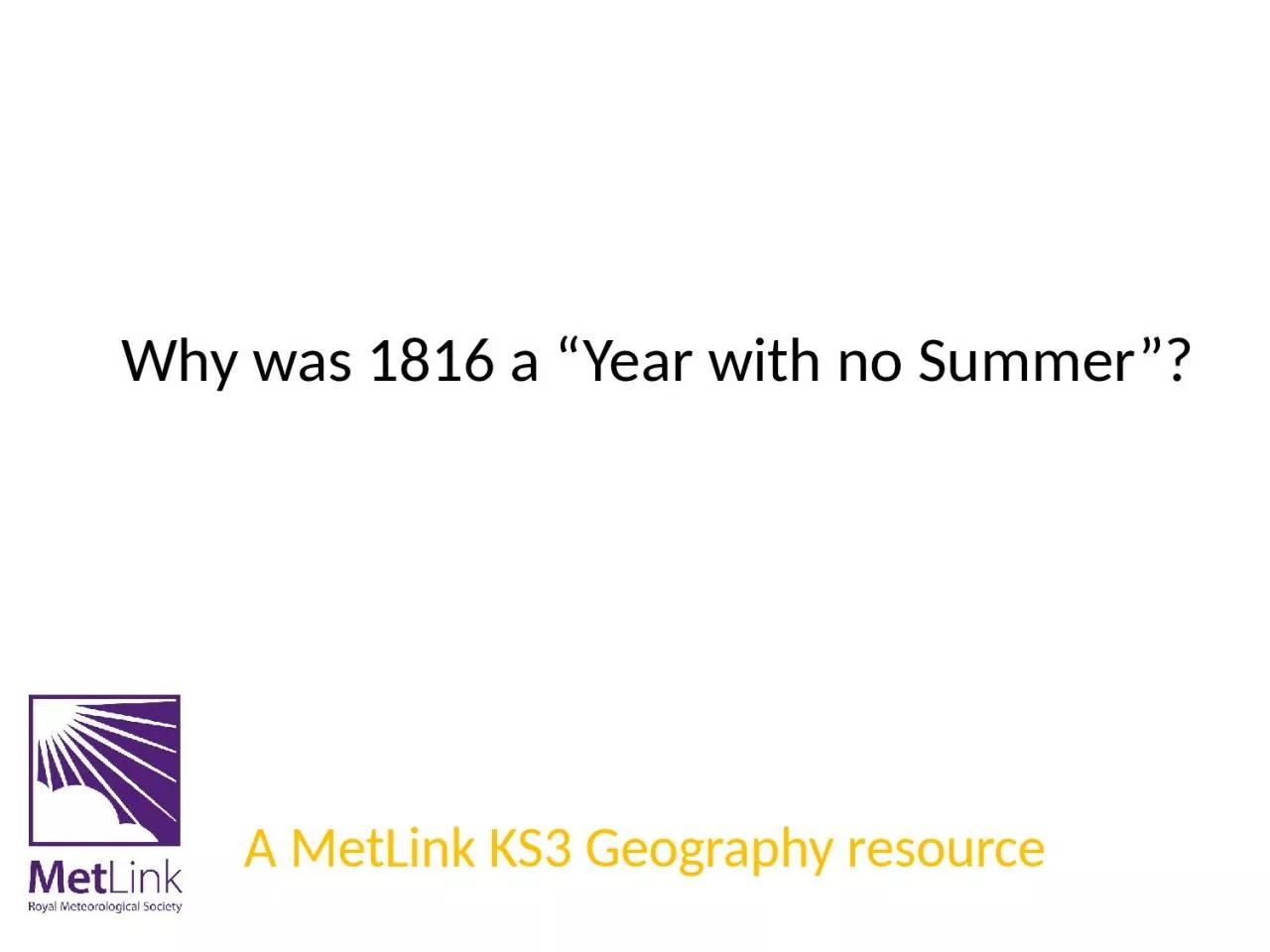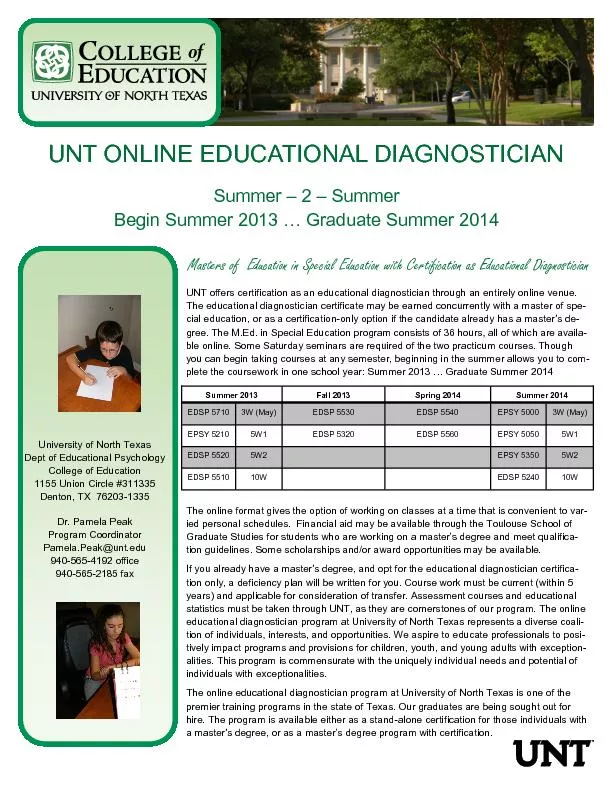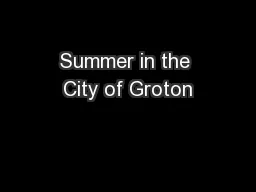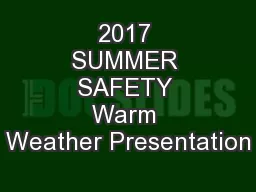PPT-1816 – was this a year with no summer?
Author : mary | Published Date : 2024-02-03
A MetLink KS3 Geography resource Why was 1816 a Year with no Summer Volcanic Eruptions Tambora Indonesia 1815 La Soufriere Saint Vincent 1812 and Mayon in the
Presentation Embed Code
Download Presentation
Download Presentation The PPT/PDF document "1816 – was this a year with no summer?" is the property of its rightful owner. Permission is granted to download and print the materials on this website for personal, non-commercial use only, and to display it on your personal computer provided you do not modify the materials and that you retain all copyright notices contained in the materials. By downloading content from our website, you accept the terms of this agreement.
1816 – was this a year with no summer?: Transcript
Download Rules Of Document
"1816 – was this a year with no summer?"The content belongs to its owner. You may download and print it for personal use, without modification, and keep all copyright notices. By downloading, you agree to these terms.
Related Documents














